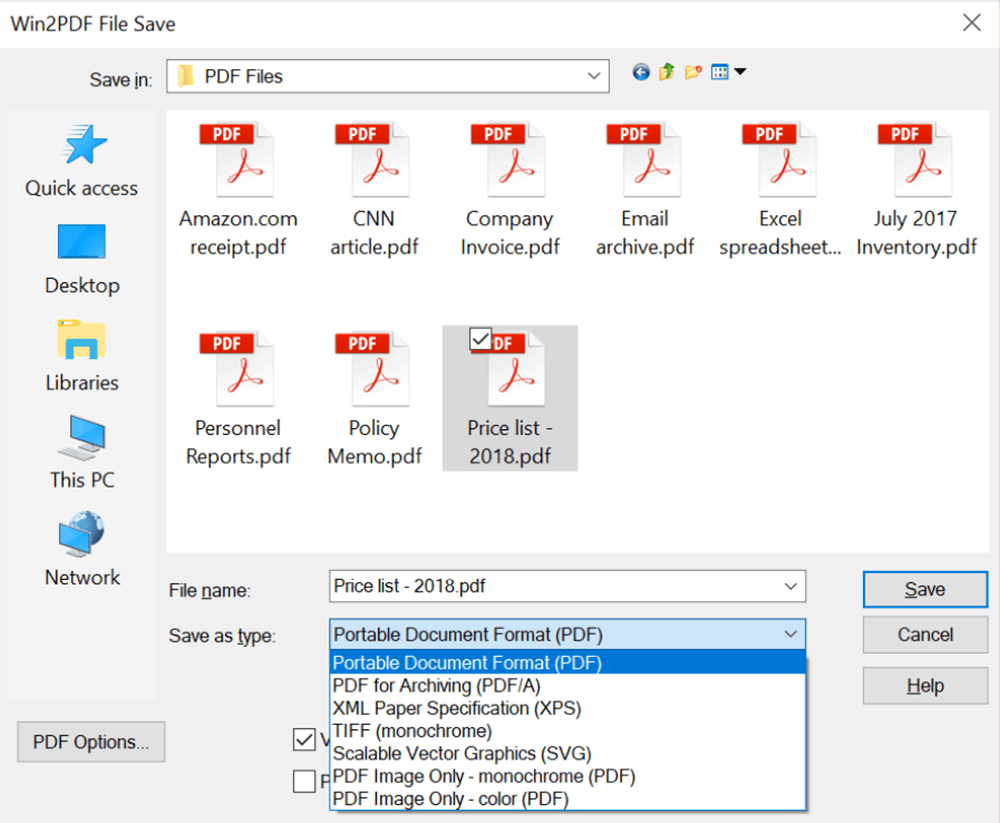
Css tricks html to pdf converter install#
In fact, they say that is the preferred way to install all Python extensions/packages. The Python community tells me to install it in a virtualenv. I guess you could’ve read the docs on Python 3 but I am the kind of guy that needs exercises.Īlso, I was under the impression that Python 3 wasn’t backwards compatible at all.Ībout the package: I’m a little confused. Learn Python the Hard Way and Codecademy are both Python 2.x. I was SHOCKED that Arch implemented it as default Python version since it doesn’t have very wide adoption. What?! You learned on Python 3? How? I haven’t even found any materials on Python 3. I started out with v3, and I have no experience (yet) migrating versions. *strings are Unicode by default *clean Unicode/bytes separation *exception chaining *function annotations *syntax for keyword-only arguments *extended tuple unpacking *non-local variable declarations Also:Ī non-exhaustive list of features which are only available in 3.x releases and won’t be backported to the 2.x series: If you have the choice, I’d say move to v3 asap. It depends on what/how you wrote the v2 code, however. Does that make a difference?įrom what I understand, 2 and 3 have a lot of common ground. I run Python 3 by default in Arch but I write in Python 2.x. You can build it and just throw it out there with a “anyone want to maintain this?” note. If there isn’t one, I’d have to build it… not that appealing. A package might be easier to use from the terminal (i.e., not inside the python repl). I’d probably use a package, if it’s available. In WebKit browsers to force, for instance, the black bar to print as seen on screen instead of it going white with gray letters.Would you recommend installing this with pip in a virtualenv or using a package on the AUR? You can use: -webkit-print-color-adjust: exact Jon Neal has a version of this he updated to his liking as well.

If you want to get a totally clean print of this thing, check out these print options from Firefox:īasically, turn off all the header/footer stuff and turn on the background color printing. It’s just a little hard to edit after the fact. It’s pretty trivial to print to PDF these days, so ultimately while you are printing it, you could alternatively save to PDF which gives you a real document for emailing or archiving or whatever. If you put this up on a secret place on your website, you could theoretically access it from any computer in the world with internet access and a printer and spit out an invoice.
Css tricks html to pdf converter software#
Well for one thing, this requires zero software other than your browser.

Why the heck would you do this with HTML and not with regular desktop software that is built for this kind of thing? So if you, say, accidentally refreshed the page while working on it, the values you changed so far would be fine. For another, browsers tend to save the values of form elements. For one, they are real form elements, so you could theoretically wrap this thing in form tag, put a submit button on it, and write some PHP to process it and do other stuff with it. There are a additional bonuses to using textareas. So all it takes to make editable elements on a web page is use textareas. You can pre-set values of textarea elements in HTML just by putting text in between the opening and closing tag. This of course can’t do nearly all the awesome stuff FreshBooks can do, but it might be useful to some of you with extremely lightweight invoicing needs.

I got to thinking it would be a kinda cool idea to create an editable HTML invoice of my own. I always like how in FreshBooks to edit invoices you literally just click and interact directly with a web page that looks like an invoice.


 0 kommentar(er)
0 kommentar(er)
